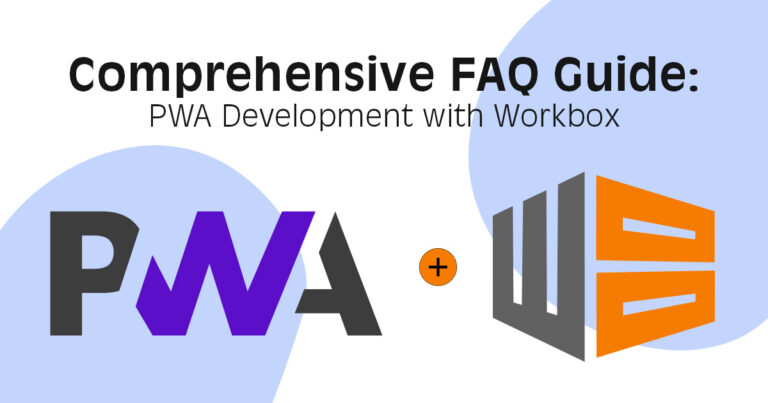What are the key differences between native and hybrid wearable device applications?
Native and hybrid wearable device applications have key differences in terms of performance, development time, and user experience. Native apps are specifically designed for a particular platform, providing better performance and access to all the device’s features. On the other hand, hybrid apps are developed using web technologies and can run on multiple platforms, but they may have limited access to hardware features. Overall, native apps offer better performance and a more seamless user experience, but they require more development time and separate codebases for different platforms.
